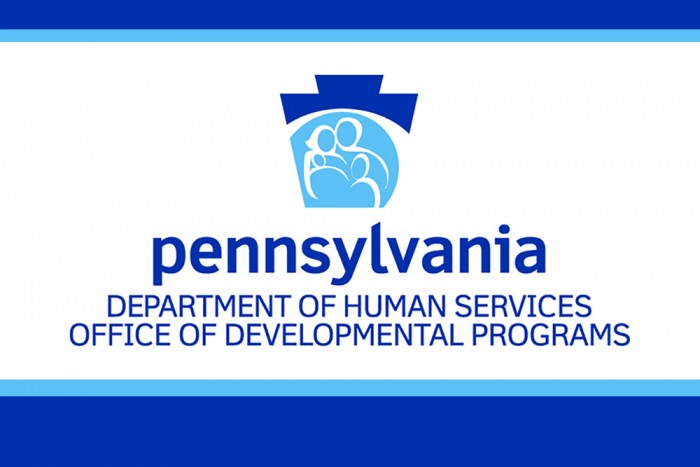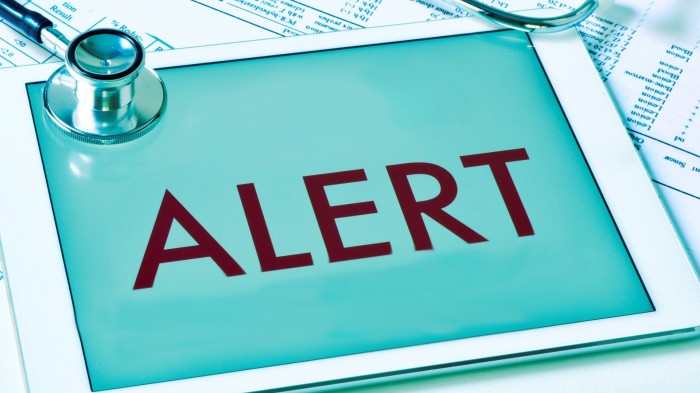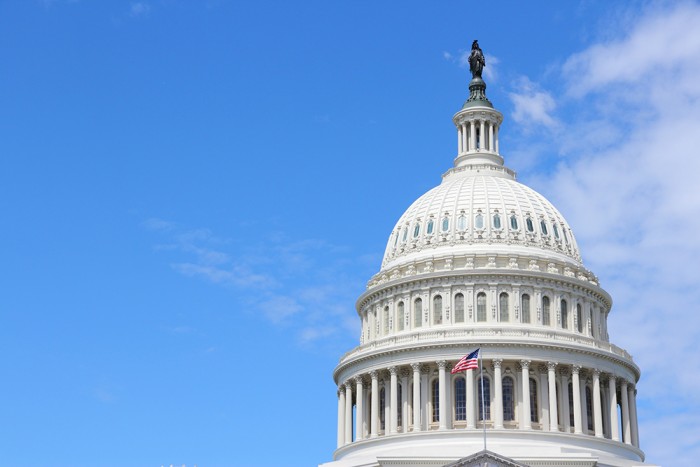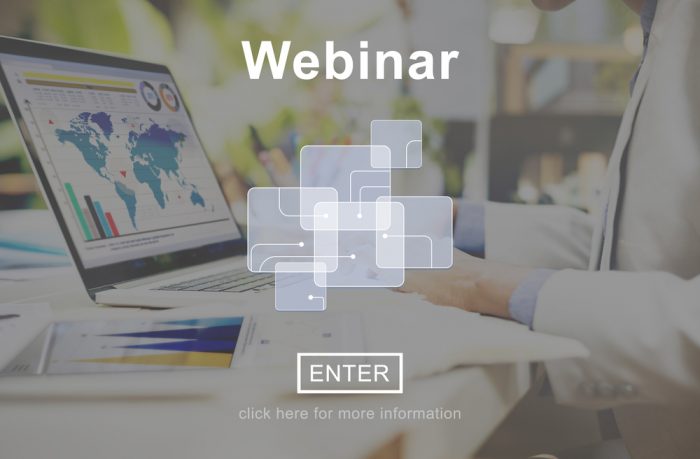Best Practice Standards in Behavioral Support
In 2021, the Office of Developmental Programs (ODP) disseminated The Best Practice Standards for Behavioral Support. They also hosted several Virtual Office Hours (VOHs) for Behavioral Specialists, Administrative Entities (AEs), Supports Coordination Organizations, and Residential Providers. As a follow-up to these efforts, they have created a hub on MyODP that captures all things Behavioral Supports-related to the standards. Check it out and visit often, as ODP intends to update, and they have some additional resources in the works to upload in the future, including FAQs and Sample BSPs.
ODP intends to host additional sessions with providers and AEs to talk about the standards, but in the meantime, they are interested in hearing from those of you who have reviewed the standards or attended a VOH in the past year. Please take a moment to complete this brief survey.
If you have any questions or comments about this communication, feel free to email ODP directly.


















